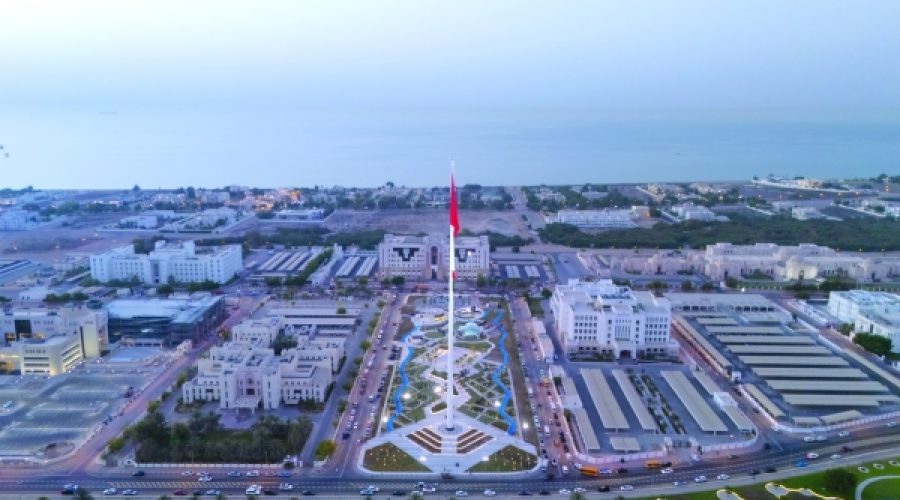Oman’s Strong Development Gains: What Investors and Entrepreneurs Need to Know for Business Growth
MUSCAT: The Gulf Cooperation Council (GCC) Statistical Centre has published a new report highlighting Oman’s sustained economic and social advancement, reaffirming its status as one of the region’s most steadily progressing countries.
Coinciding with Oman’s National Day, the report underscores significant achievements driven by diversification efforts that have progressively reduced the nation’s dependence on oil, while bolstering non-oil sectors. The contribution of non-oil activities to GDP at current prices rose to 68.2 percent in 2024, up from 66.7 percent the previous year.
By the end of the first quarter of 2025, Oman’s GDP at market prices grew by 4.7 percent to Omani Rial (RO) 10.5302 billion, compared with RO 10.0566 billion in the same period in 2024. This expansion was primarily driven by non-oil sectors, which increased by 4.1 percent to RO 7.1326 billion.
Although the trade balance surplus declined by 34.3 percent—to RO 3.088 billion by June 2025 from RO 4.697 billion a year earlier—the overall economy demonstrated resilience.
Financial indicators further supported this positive trend: total assets of commercial banks rose from RO 35.8 billion in 2020 to RO 44.5 billion in 2024, while foreign reserve assets increased by 22.5 percent over the same period, reaching RO 7.1 billion.
The tourism sector showed strong growth, with the number of hotel establishments nearly doubling from 548 in 2020 to 1,031 in 2024, an 88.1 percent increase. Oman attracted approximately 2.7 million visitors in 2024, generating an estimated $2.6 billion in tourism revenue.
Healthcare and education remain fundamental pillars of Oman’s development. The number of public and private hospitals increased to 94 in 2024, supported by a growing cadre of skilled medical professionals. The physician-to-population ratio reached 21.4 per 10,000 people. In education, the student population rose to 897,700 in the 2023/2024 academic year, reflecting a 19.9 percent increase compared to 2019/2020. Youth literacy achieved an impressive rate of 99.6 percent in 2024.
Oman’s global competitiveness also improved, with the country ranking fourth worldwide in both the Quality of Life Index 2025 and the Gallup International Index 2025, notably for perceptions of personal safety. Additionally, Oman secured the top position regionally as the least polluted country in the Numbeo Global Pollution Index 2025.
The GCC Statistical Centre emphasized that Oman’s development journey continues confidently under the leadership of His Majesty Sultan Haitham bin Tarik, with progress aligned with the nation’s long-term vision for sustainable growth and prosperity. — ONA
Special Analysis by Omanet | Navigate Oman’s Market
Oman’s strategic shift towards diversification and non-oil sector expansion, now comprising over 68% of GDP, creates robust growth opportunities in tourism, healthcare, and education. Despite a decline in trade surplus, the strong banking sector and rising foreign reserves underscore economic resilience, positioning Oman as a stable and attractive destination for investors and entrepreneurs prioritizing sustainable, long-term value.



